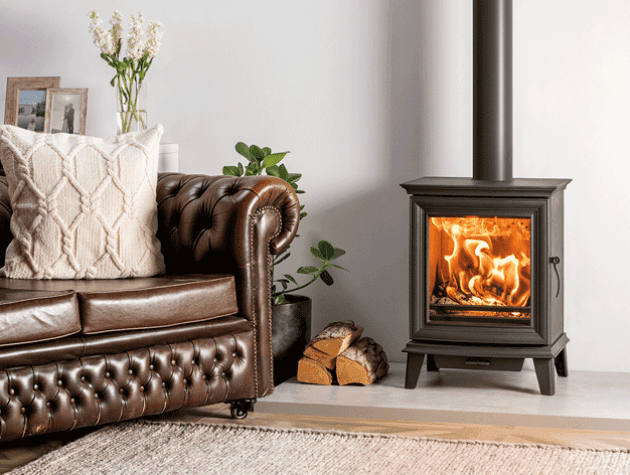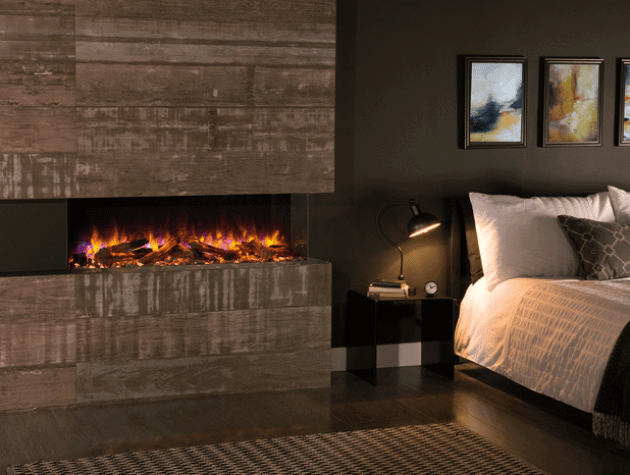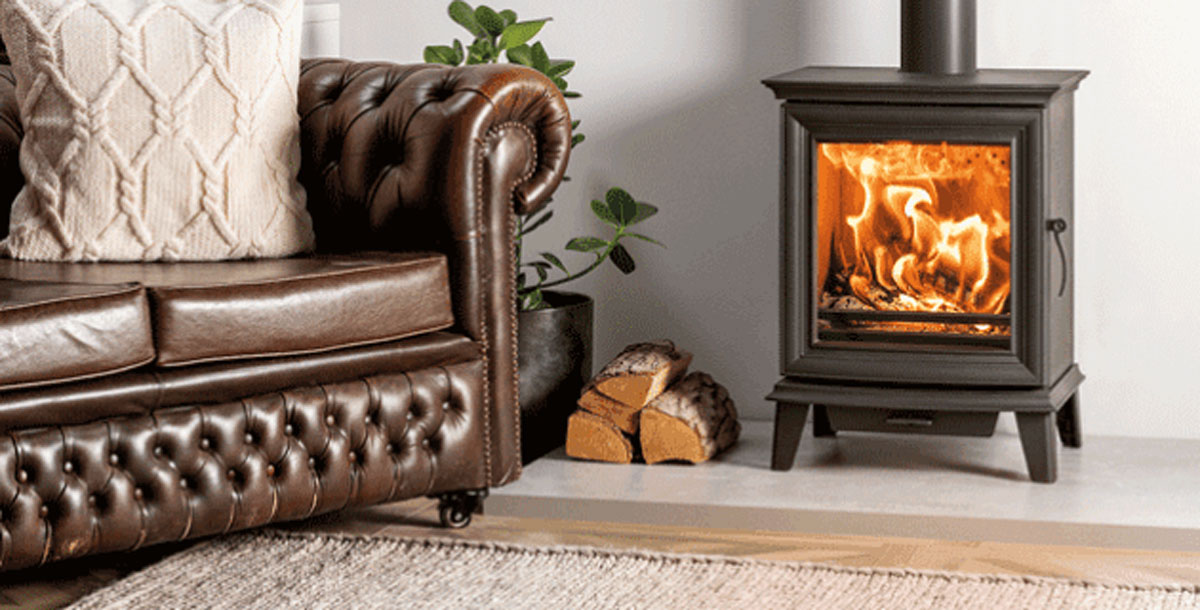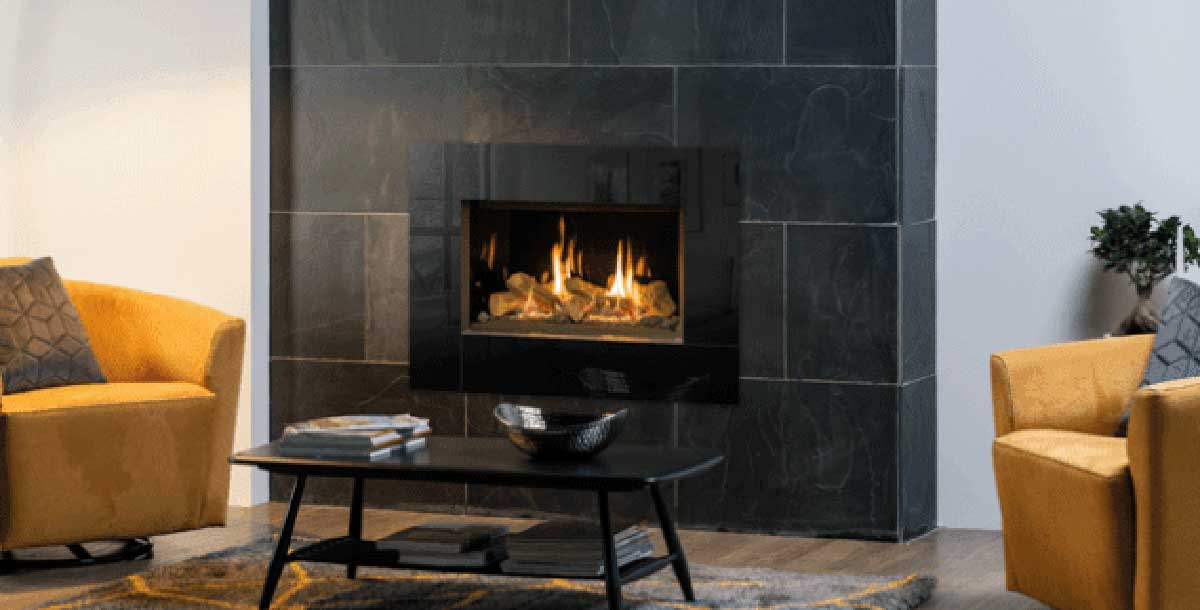What you need to know when installing a stove
Installing a new stove can be a minefield – here are the answers to the key questions you may have.
Installing a new stove can be a minefield – here are the answers to the key questions you may have
PROMOTED FEATURE

Image: Stovax Heating Group
Among the many elements that can really complete your dream home, a stove is one of the most coveted and comforting. It’s not just about the heat they provide during the colder months, it’s also their rugged good looks, the warm glow they emit, the sense of well-being they exude – home is where the hearth is.
However, there are numerous rules and regulations surrounding both wood burning and multi-fuel stoves that are worth considering before making one part of your design. We’ve put together a quick guide to address all the main questions you may have…
No smoke without fire

Image: Stovax Heating Group
There are a few hoops to jump through when installing a fire or stove but, armed with this information, it’s actually a relatively simple affair. The first step is to deal with an expert retailer, who will not only be able to guide you through the process, they’ll be experienced at taking you through the legalities.
They’ll assess your existing chimney and see if it’s fit for purpose, or they can advise you on what type of chimney to build, including pre-fabricated ones that are simple to install. Of course, there’s also the option of an electric log burning fire or stove, which won’t need a chimney, just a mains connection.
The small print
There are a number of rules and regulations that your stove needs to comply with as well. Again, a reputable retailer will only sell stoves that meet these safety standards, so you can choose your fire, and have it installed by a professional who will ensure peace of mind.
Use a HETAS professional who will assess your set-up and make sure your stove has the correct ventilation and is placed at a safe distance form combustibles, while also applying the rules regarding hearth size. If it’s a gas installation, you should use a Gas Safe installer to be compliant.










